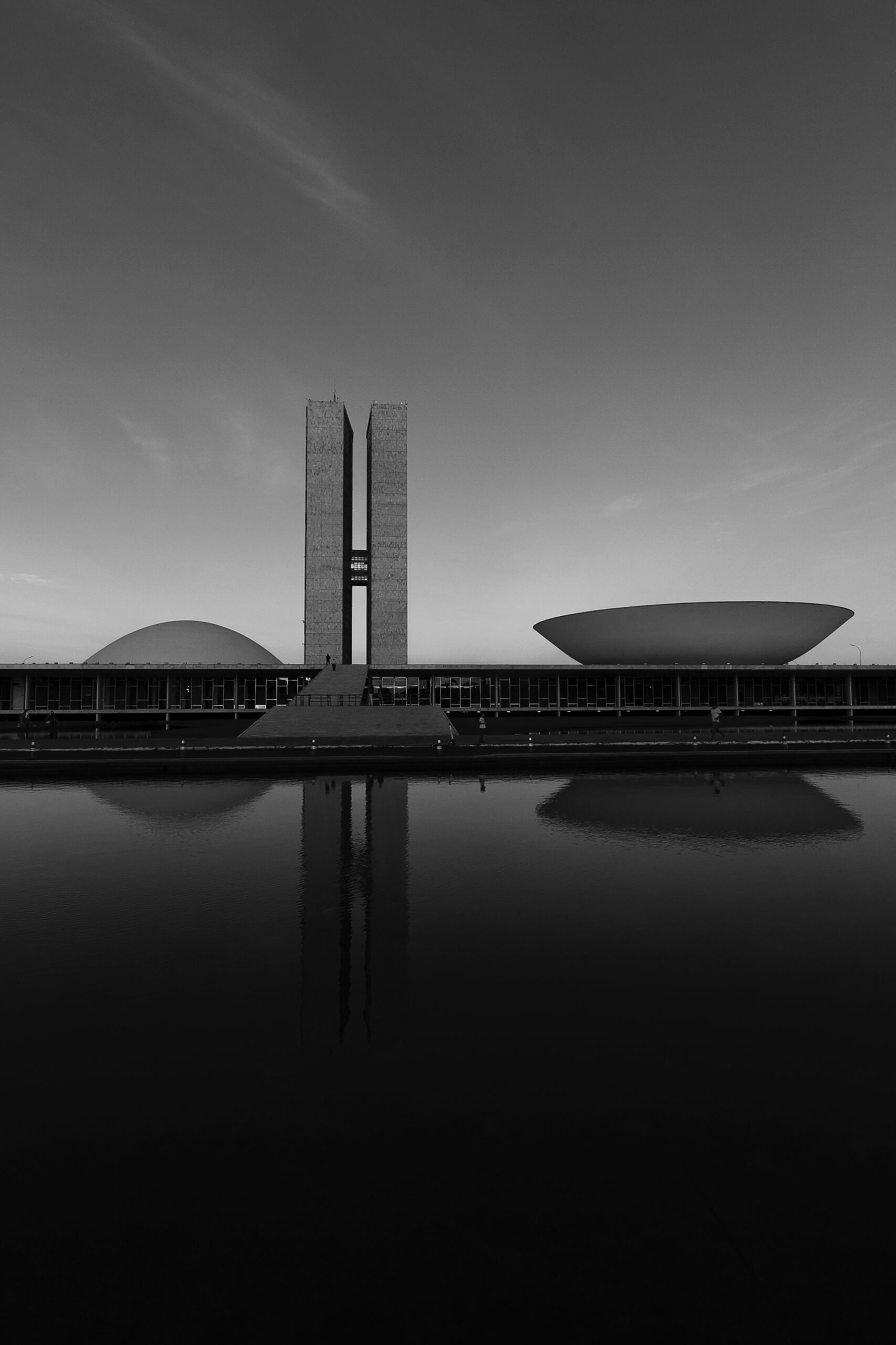
Emerging Markets | Monetary Policy & Inflation

Emerging Markets | Monetary Policy & Inflation
Brazil’s central bank has hiked 725bps this year, yet the Brazilian real has weakened almost 10% year to date. And this has not been a dovish central bank at all. The BCB has undergone quite the hawkish evolution this year with its policy stance, from dropping forward guidance to partial normalization, normalization to neutral, and neutral to restrictive.
And its latest statement reads:
“The Committee considers that, given the increase in its inflation projections and in the risk of a deanchoring of long-term expectations, it is appropriate to advance the process of monetary tightening significantly into the restrictive territory. The Committee will persist in its strategy until the disinflation process and the expectation anchoring around its targets consolidate.”
The BCB hiked 150bps at its last meeting and promised another 150bps at the next Copom meeting, and BRL still trades poorly.
As the statement continues, ‘For the next meeting, the Committee foresees another adjustment of the same magnitude.’
Yet BRL has been trounced this year. Entering 2022, the factors weighing on BRL could only worsen for three reasons.
At a minimum, the Fed will ‘recalibrate’ policy next year. That is, hikes next year will not only happen if inflation is crazy. Hikes (plural) are now the base case.
Previously, hikes were an adjustment to right-tail inflation outcomes. But the Fed has flipped to accepting that there is an element of modal that inflation will be beyond ‘moderately above’ target and employment will be near any definition of max or even at it. 75bps of hikes next year could be in a world of FAIT. That is tricky for EM when the Fed’s projected outcome tree is either hikes or hawkish hikes to control inflation.
Fiscal risk premia are already extremely elevated in Brazil, and even the BCB has noted that this dynamic has raised the neutral interest rate. The Bolsonaro administration, especially since Covid, has been unable to lower fiscal risk premia and has almost accepted the current duality of expansionary fiscal with contractionary monetary policy. That is, the BCB has had to be the adult in the room.
The tricky thing for fiscal risk premia in Brazil is that this decay has happened into an election next October. And the front runner, Luiz Inácio Lula da Silva, is an ex-leftist president who in theory would only expand social welfare spending. Lula currently has an 11-point lead in the polls over incumbent Jair Bolsonaro. Brazil’s fiscal policy is bad, but it may get much worse.
The BCB has fought admirably against inflation and fiscal risk premia this year. They have transitioned from their previously dovish stance to a fairly restrictive policy setting. But despite that shift, inflation is still running over 10%. The risk next year is that the BCB reaches a certain Selic rate and gives up. Right now, FX is finding comfort in the fact that real rates will be decently positive in Brazil as the 23 January Dis trade at over 11%. However, what if either the BCB faces pressure to slow down or a leftist government does not want double-digit interest rates? The BCB is a friend to BRL for now, but will that last?
USD/BRL collapsing to 10 is my grey swan for 2022. And it is especially notable because all three of these massive things could happen in the same period. The Fed may become highly aggressive while Lula is taking over and the BCB either gives up or is insufficiently hawkish in market terms.
Spring sale - Prime Membership only £3 for 3 months! Get trade ideas and macro insights now
Your subscription has been successfully canceled.
Discount Applied - Your subscription has now updated with Coupon and from next payment Discount will be applied.